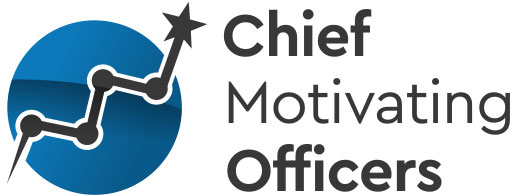In case you missed it, please see part one, as we now move into part two of our exploration of “soft skills” and how to make them into hard science.
2. Differences across organizations
Organizations are typically pretty clear on their policies and procedures around company operations. They set expectations in many ways: through employee manuals, trainings, in corporate communications and in mission statements, to name a few. But, similarly to each individual having different definitions of each soft skill, each organizational culture will result in different topographies, or forms, of behavior that the organization considers meeting the requirements for effectiveness. Because of this, organizations provide resources and reinforcement for some topographies, but not others.
Think about time management for a moment. I engage in a number of behaviors that fall under the umbrella of effective time management (which I operationalized based upon my discussion above): updating my online calendar daily, planning my priorities on sticky notes and organizing them in very specific ways, among about a dozen other strategies that I can define very clearly. As an individual, this is what I find to be effective in my time management strategy. However, as a member in an organization, I wouldn’t expect the company to fund my sticky note addiction, or to send me calendar invites online (if it isn’t included in their regular operations). And perhaps my supervisor uses a project management software, which the company invested in, and expects regular updates in the system as an indicator of me managing my time well. Their unwritten definition of effective time management would include the use of this system. So, while I have a clear definition of what time management looks like for me, it is not aligned with what is supported by the organizational culture and the expectations of leadership.
And these expectations may vary greatly across industries. For example, leadership in manufacturing companies may include facilitating daily meetings around today’s targeted goals for productivity, and past performance. In contrast, a company focused on innovation, in which people may work independently to avoid “groupthink”, defines leadership as providing the time and resources for employees to have complete autonomy in their work. Are holding daily meetings part of all companies’ expectations of their leaders? Probably not.
How do we do better in business?
It is important for organizations to define and clearly communicate expectations around soft skills in their organizational culture, while taking into account each employee’s personal expectations around these behaviors, and the alignment with the company’s mission and values. This is a huge opportunity to communicate with the employees within your company: let them help guide the creation of the definitions, contribute examples, non-examples, and help shape the organization’s expectations around soft skills. They will be, after all, expected to engage in the behaviors you’re defining, and will have a greater sense of the realities and limitations around performance in the work context than anyone else. Including them in these conversations can be done in a number of ways.
One option for facilitating these conversations may be to hold a focus group, in which a number of employees, supervisors, and leaders are brought together to develop a clear expectation around the skills in question. Each person brings forth and discusses their personal definition of what the term looks like for them, and common themes are extracted by the individual facilitating the discussion.
A second option would be to survey the employee base, seeking out their definitions, examples, and nonexamples of the soft skill you’re interested in, and then create a list of themes. However, this method is a bit less collaborative, and may inhibit employees feeling “ownership” over the behaviors being defined by the group. If resources allow, the focus group is a great option, but a survey is better than not defining at all.
The list of behaviors generated from these strategies can be compiled, prioritized, and compared to the existing values of the organization. You can then send the expectations you develop to a group of employees, get some feedback, revise, and communicate to the organization more broadly once finalized.
Let’s consider collaboration, one of Eikenberg’s soft skills. You want your organization to better set expectations and provide feedback on teams collaborating, so you call a focus group to discuss what collaboration looks like within the organization. You ask the questions: “How do you currently collaborate with your team? What could be done to improve collaboration in our company? What are some less-effective ways collaboration has been attempted?” In the meeting, a few themes in behavior emerge: weekly communication by each team member via email about project updates, managers regularly seeking input and feedback from all employees on strategies, collectively setting clear goals for everyone to move toward, and leaders assigning action items based the strengths of each individual team member to drive everyone forward. For this organization, this is what effective collaboration was defined and agreed to mean, and this would remove the ambiguity and subjectivity that previously existed when discussing collaboration.
To be continued…

